Understanding the Rules for a Draw in Chess
Chess, a game rich with strategy and complexity, offers several outcomes beyond the well-known checkmate. A draw is one such outcome, where neither player wins the game. Draws are not uncommon in chess and can result from various situations defined by the World Chess Federation (FIDE) rules. Knowing when and how a game of chess can be declared a draw is crucial for players of all levels.
Stalemate
One of the most common scenarios for a draw is the stalemate. This occurs when the player whose turn it is to move is not in check but has no legal move to make. In other words, any move the player makes would place their king in check. Stalemate is often used strategically in games where a loss seems inevitable.
Threefold Repetition
A draw can also be declared if the same position occurs three times with the same player to move and the same possible moves each time. This rule helps prevent endless cycles of redundant moves. Players must claim a draw under the threefold repetition rule by notifying the arbiter of their intention to invoke it.
Fifty-Move Rule
In situations where there have been fifty consecutive moves by each player without the movement of any pawn and without any capture, a draw can be claimed. This rule prevents games from dragging on endlessly without any progress. It’s based on the assumption that if fifty moves have taken place without a pawn move or a capture, a win is unlikely to be forced by either player.
Insufficient Mating Material
A game is considered a draw if neither player has sufficient material to checkmate the opponent. Common examples include a king against a king, a king and bishop against a king, and a king and knight against a king. These are theoretical scenarios where a checkmate is impossible to achieve.
Dead Position
This occurs when no sequence of legal moves can lead to checkmate, typically because of the arrangement of pieces on the board. For instance, if pawns are blocked and there are no other pieces, or the pieces left cannot force a win.
Agreement Between Players
Players can agree to a draw at any point during a game. This mutual decision often occurs during evenly matched positions or in situations where neither side believes they have a winning advantage. The draw agreement is final and needs to be reported to the arbiter immediately.
Strategic Implications of Draws in Chess
Understanding when a draw is possible, and strategically advantageous, is essential for chess players. A draw can be a valuable result in a tournament setting, especially if facing a stronger opponent or when playing with the black pieces, as white generally starts with a small advantage. Draws affect ratings and standings in tournaments, which can influence player strategies profoundly.
Conclusion
The diverse conditions under which a chess game can be declared a draw underline the depth and complexity of the game. Players must not only strive to win but also wisely recognize situations where securing a draw is a notable achievement, or even a necessary strategy. Awareness of these rules can significantly influence a player’s approach to the game and decision-making process on the board.
Explore our large collection of luxurious chess sets!


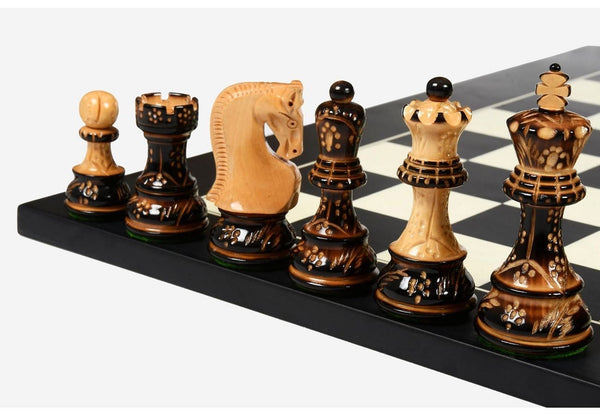

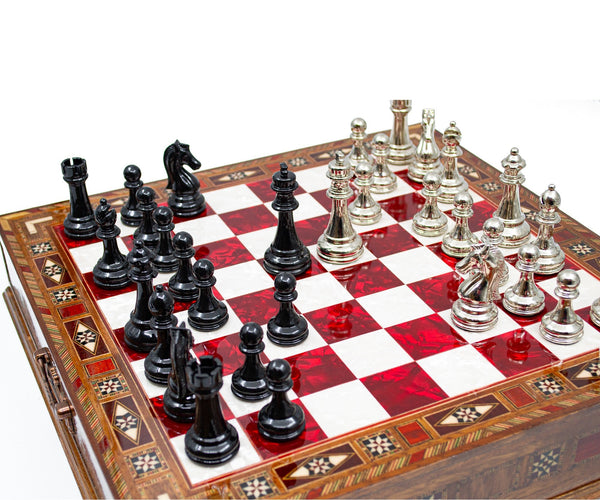
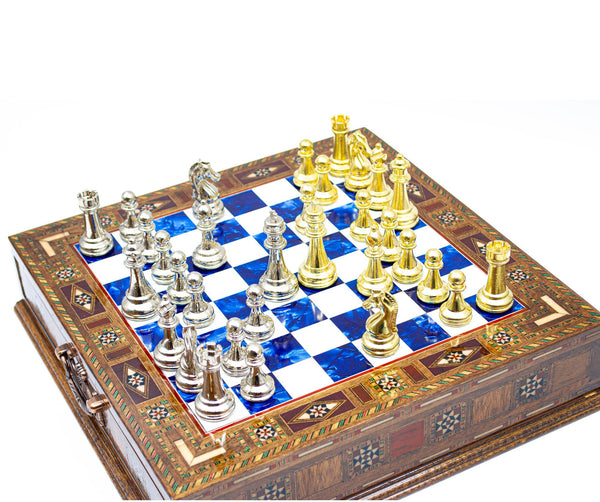
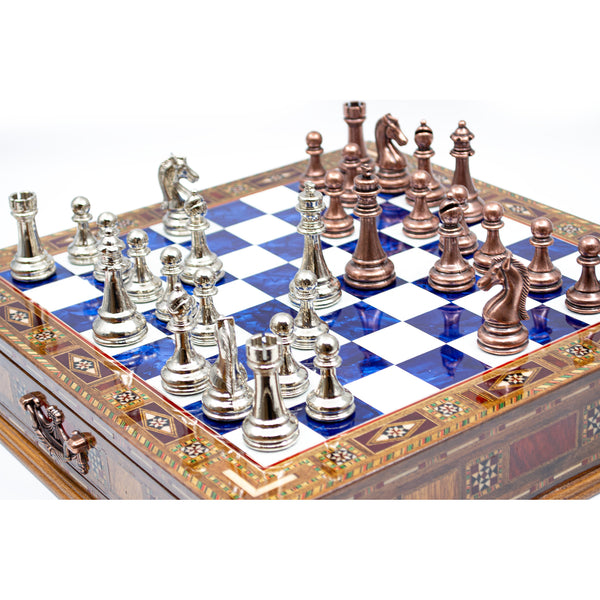
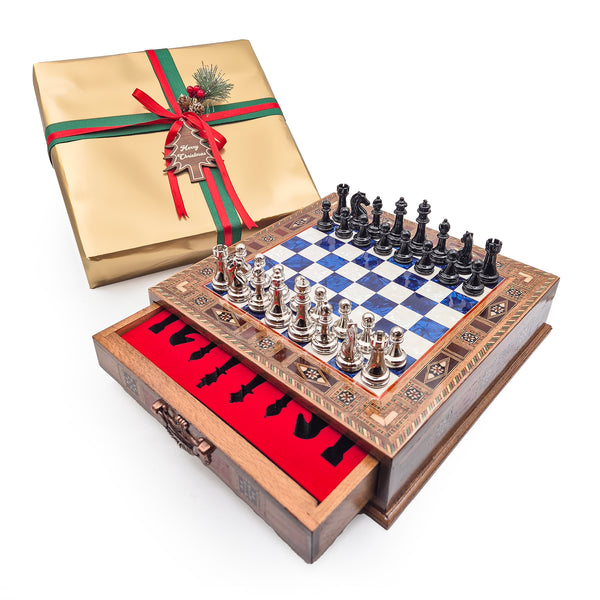







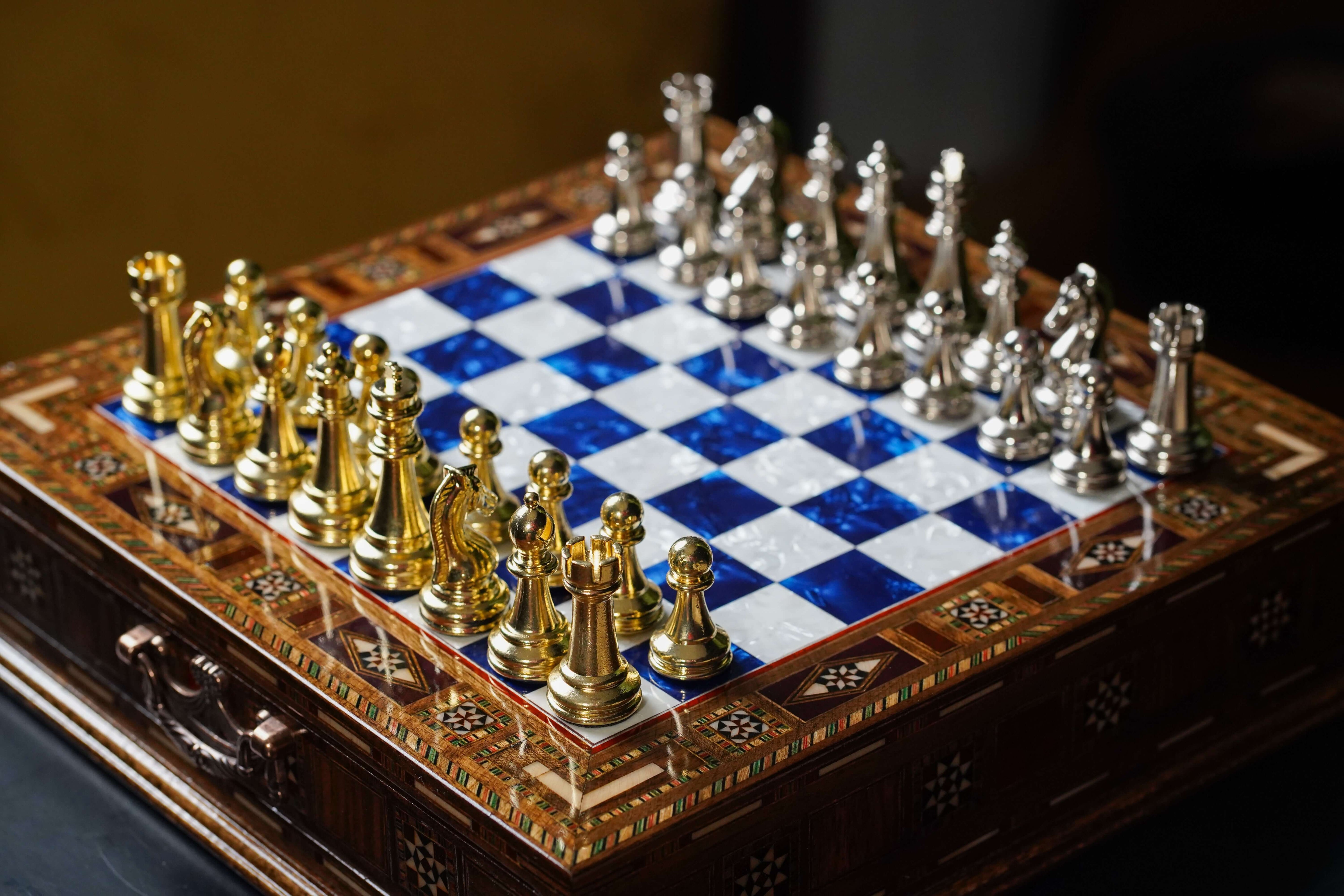
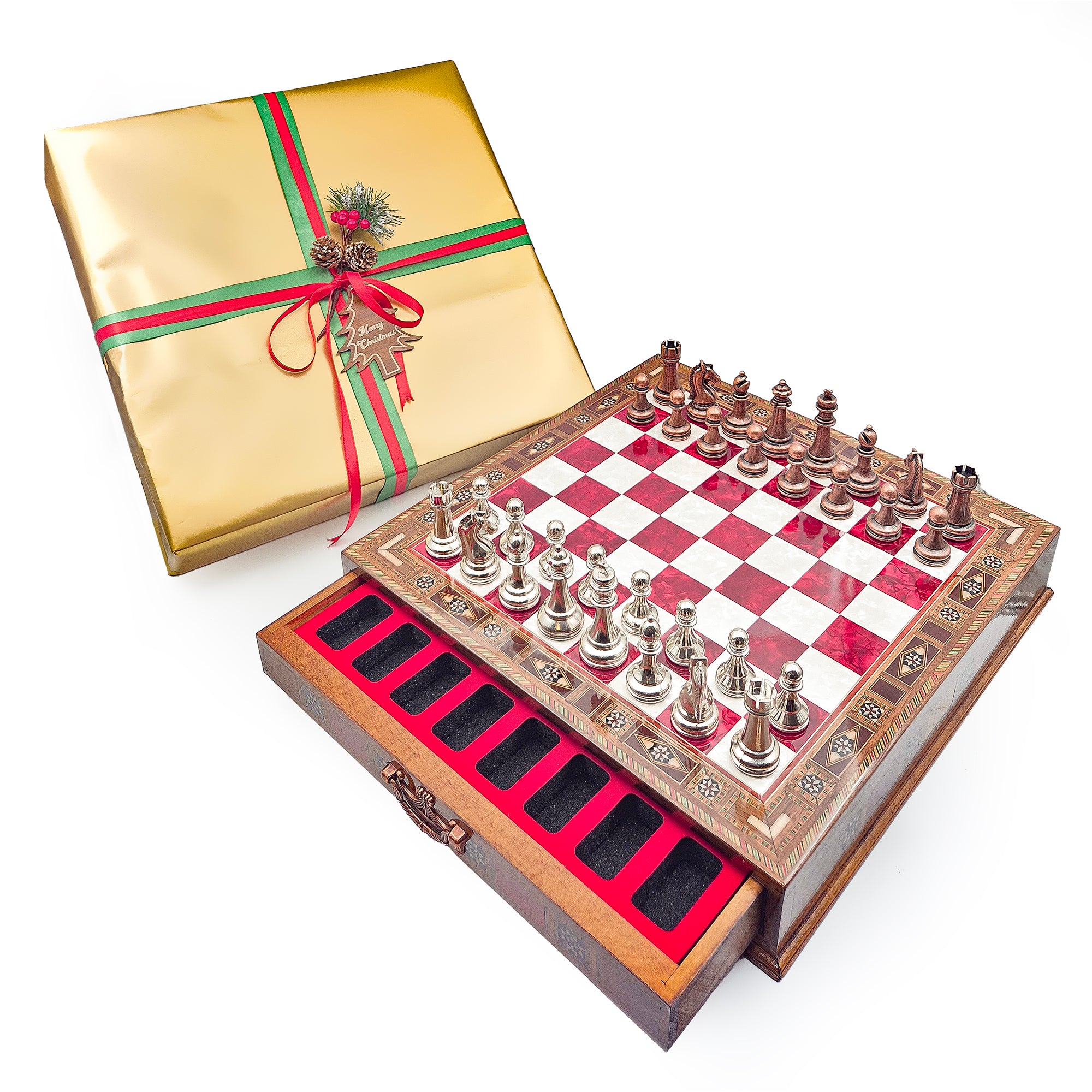
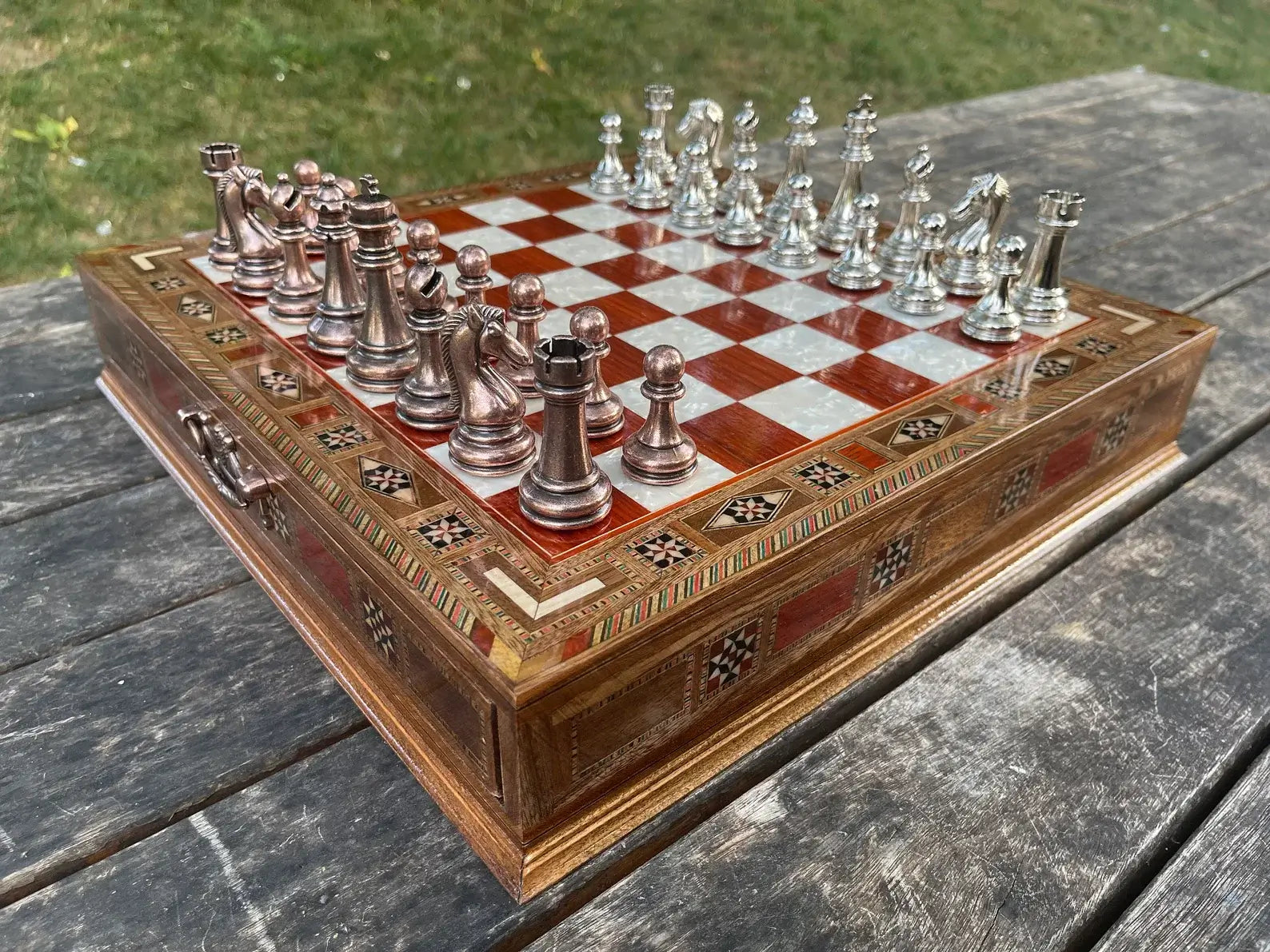
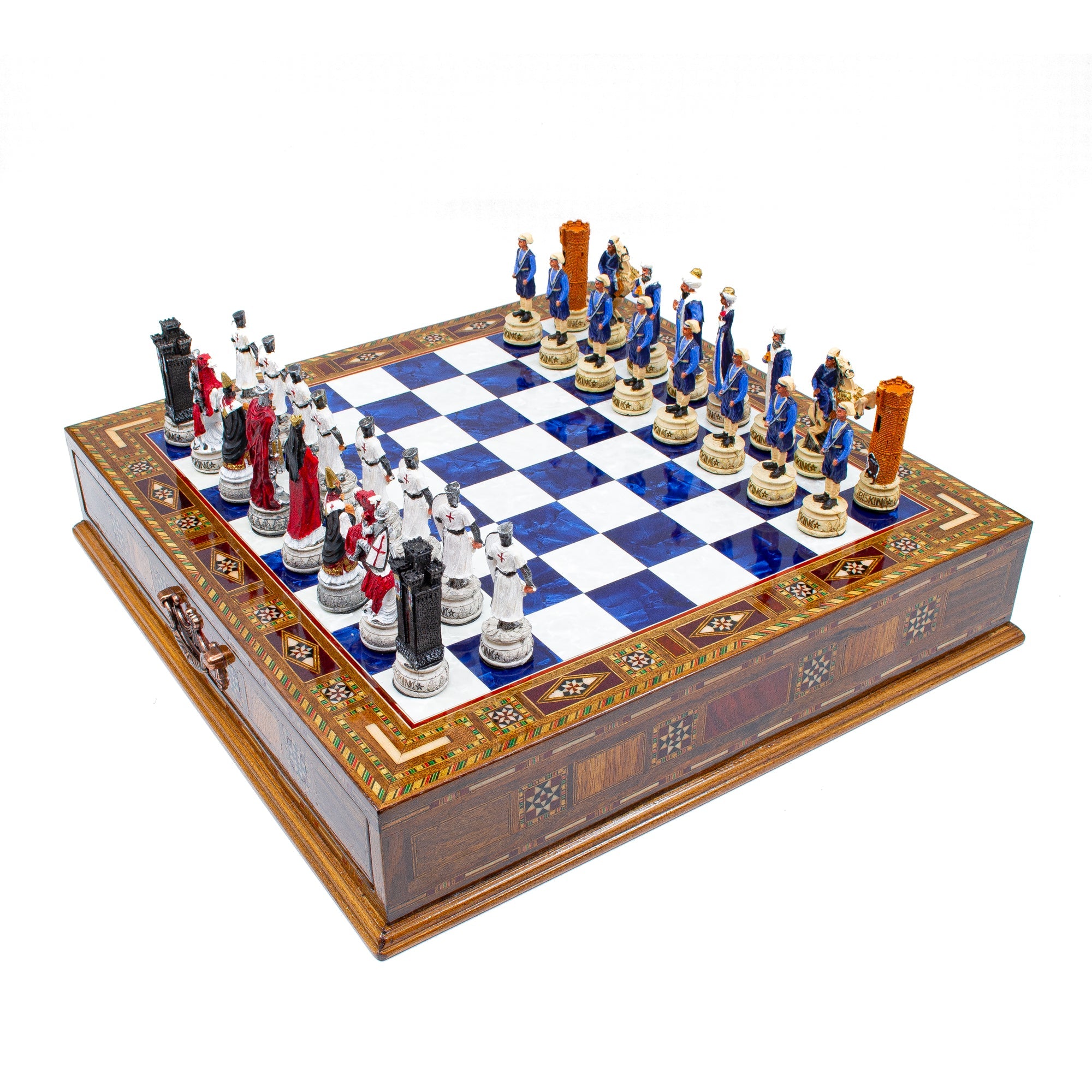
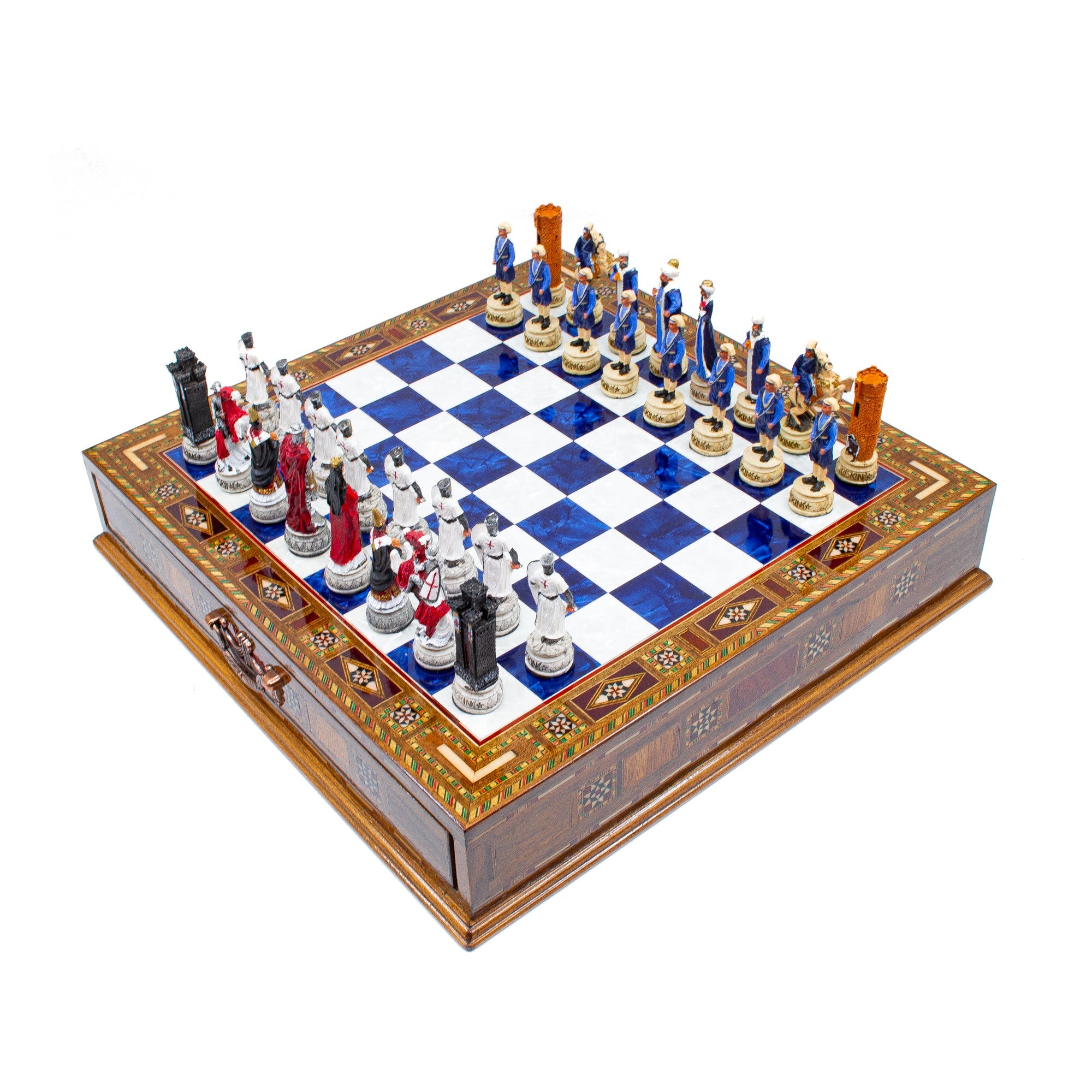
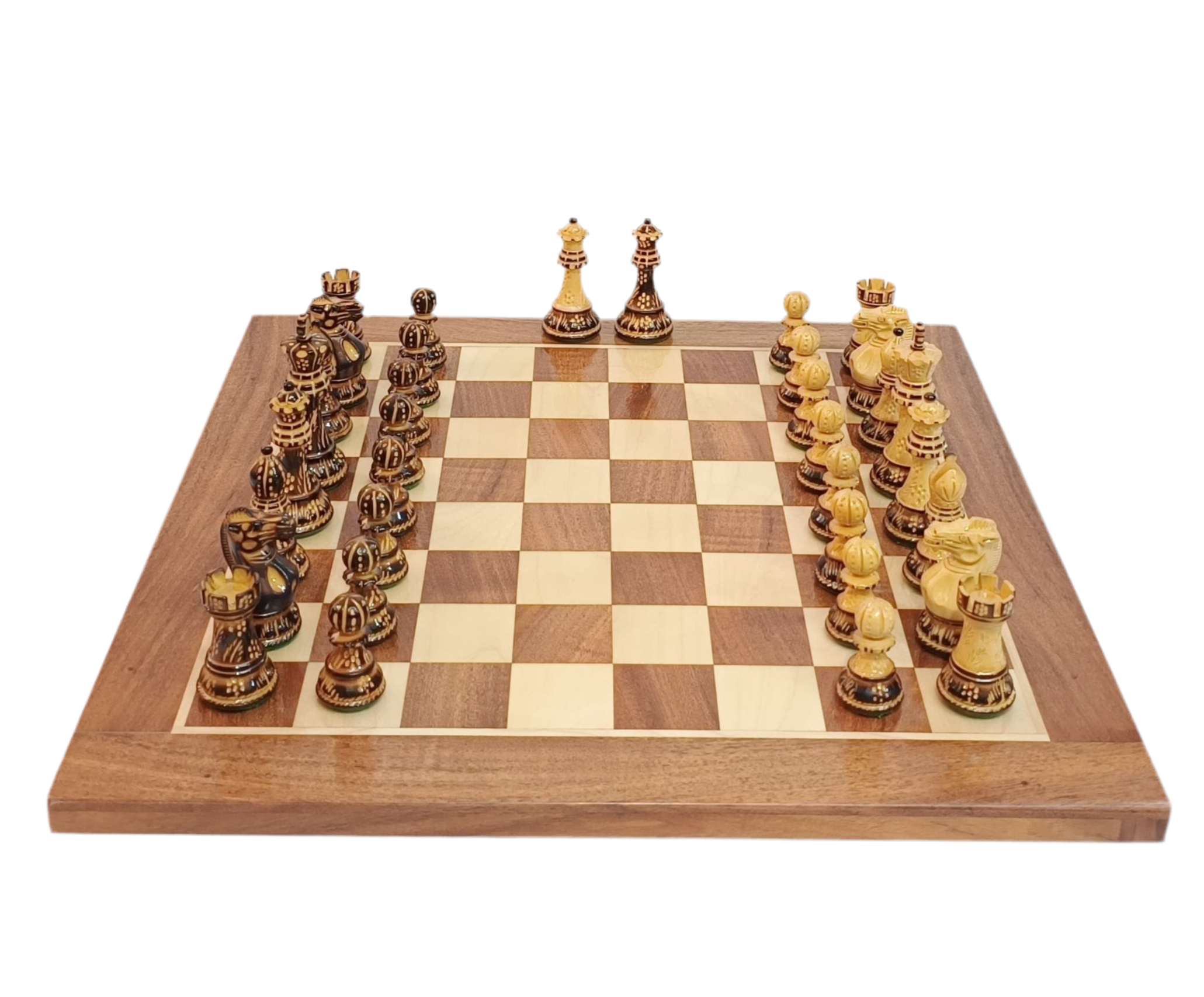
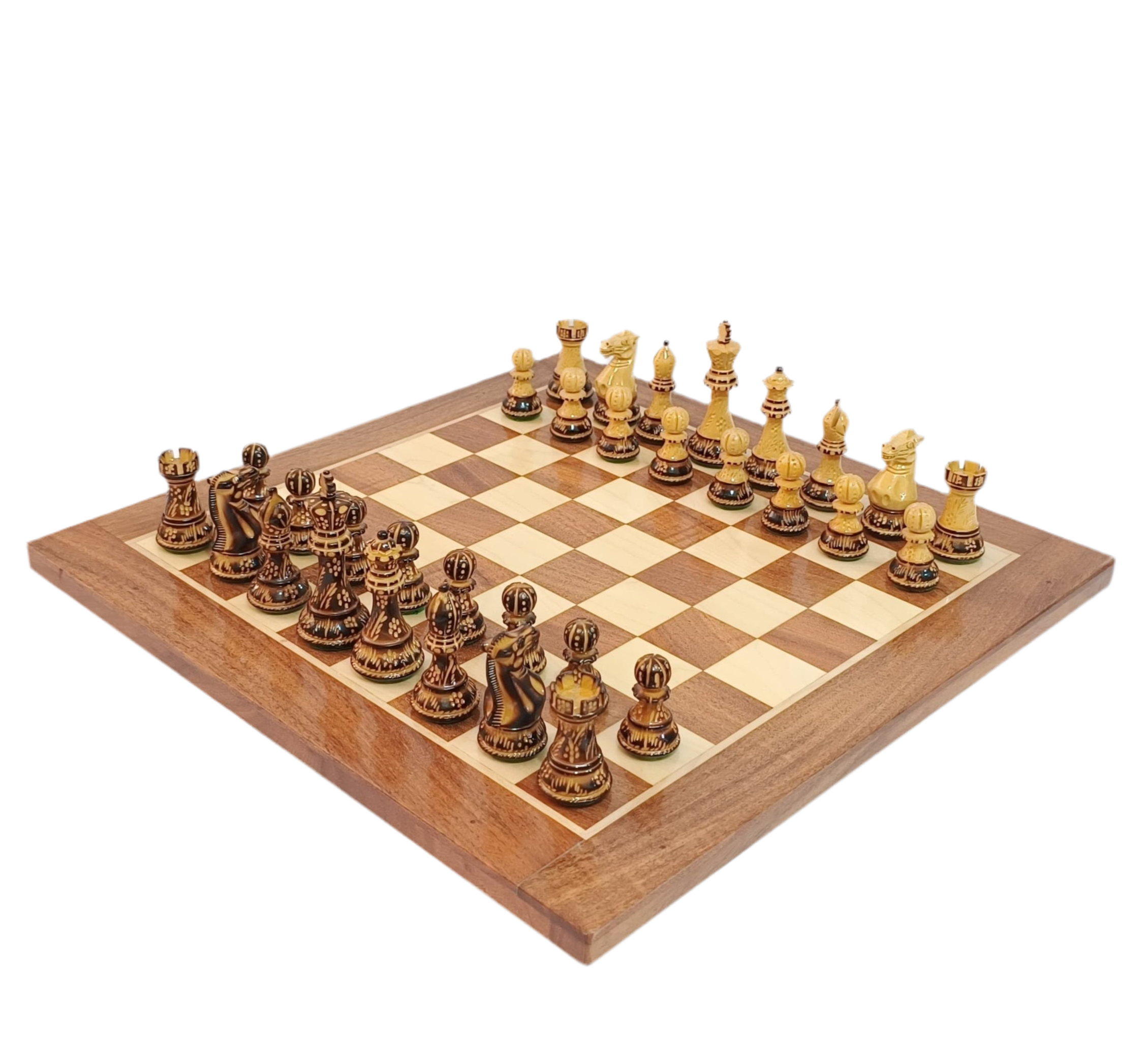
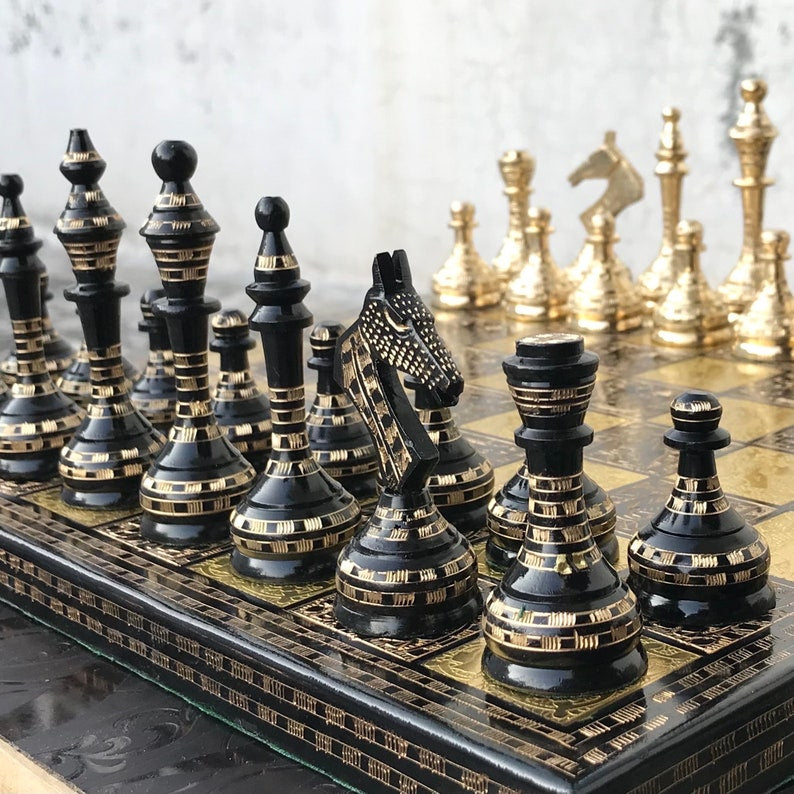
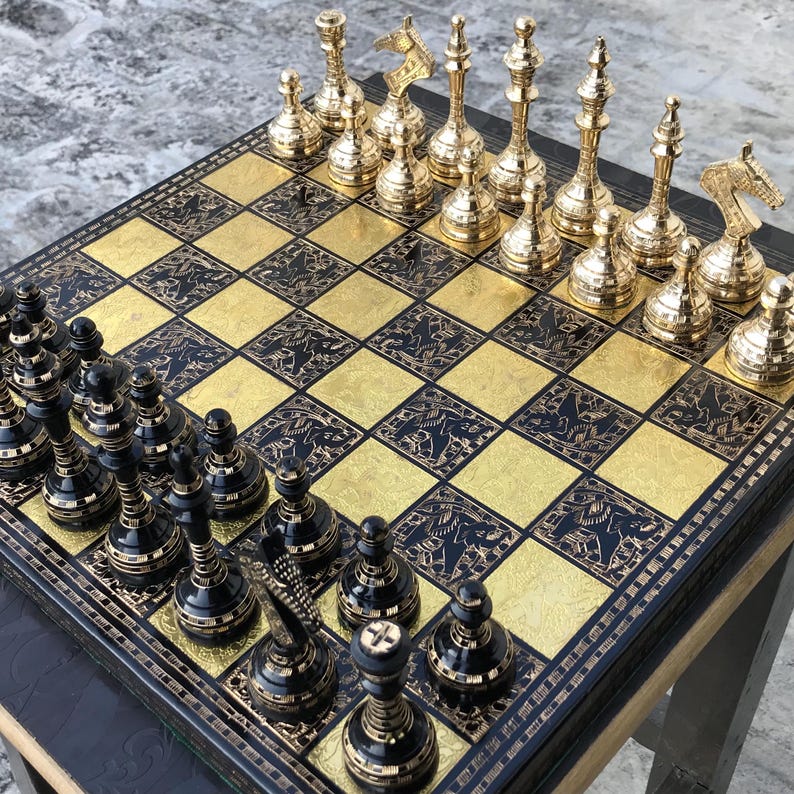


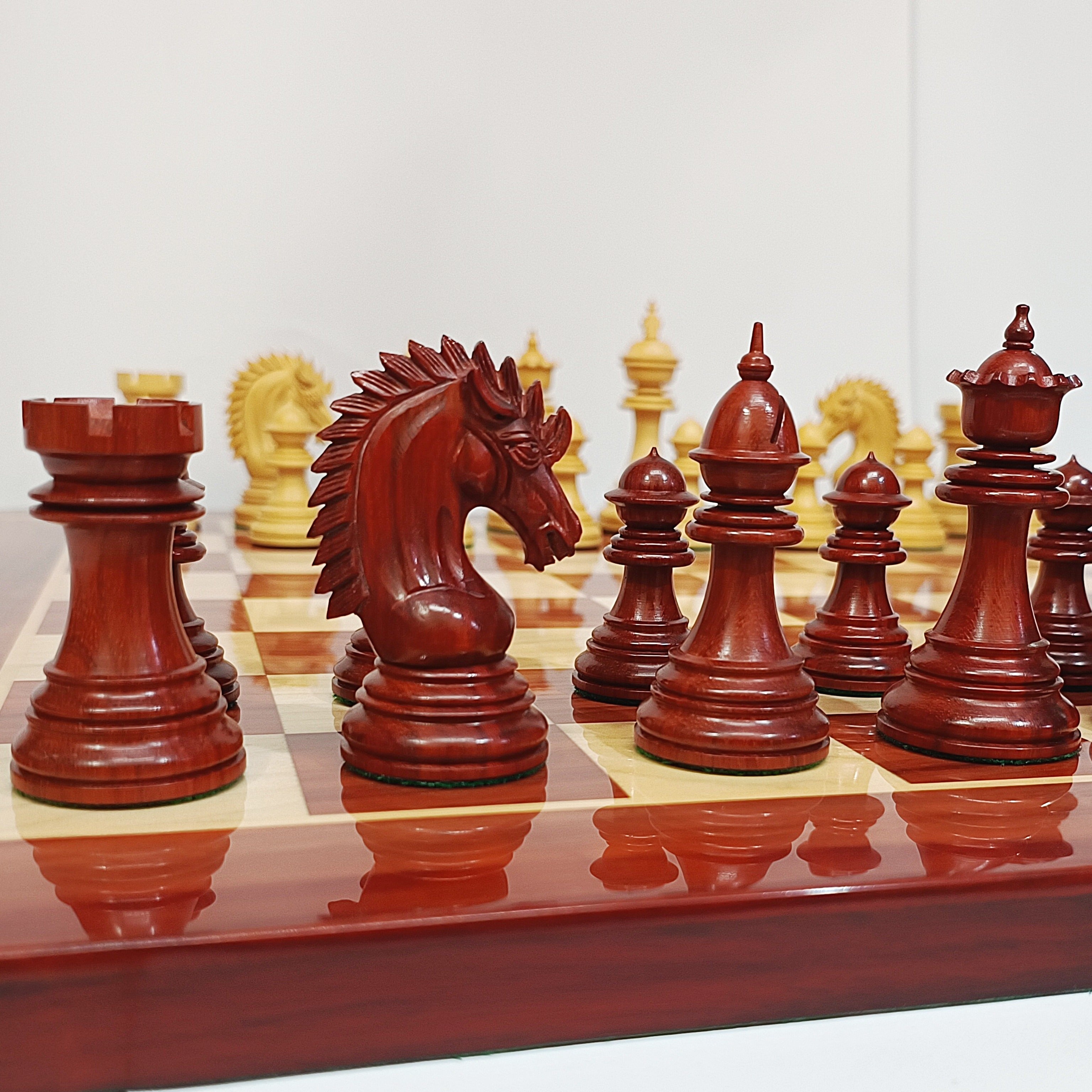
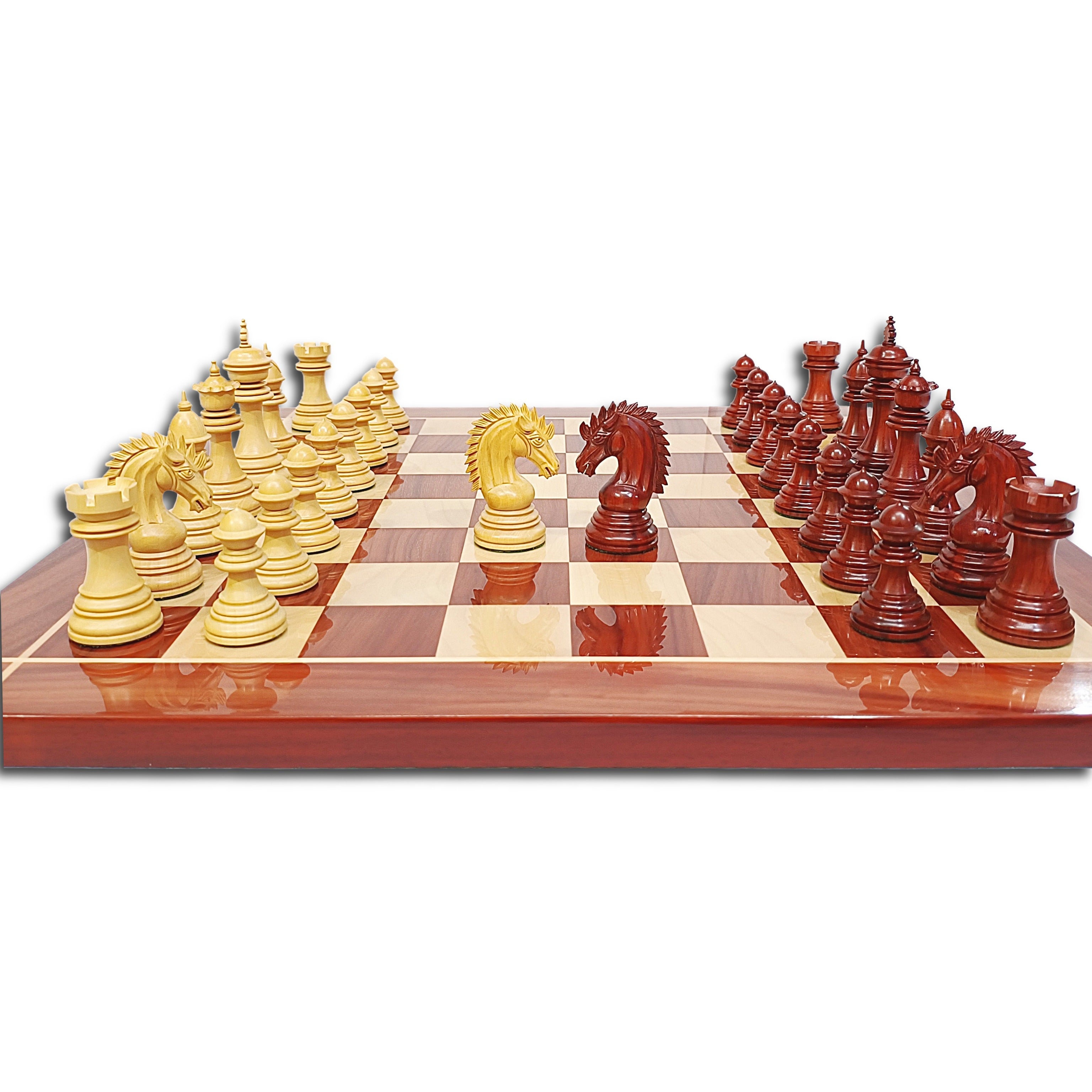

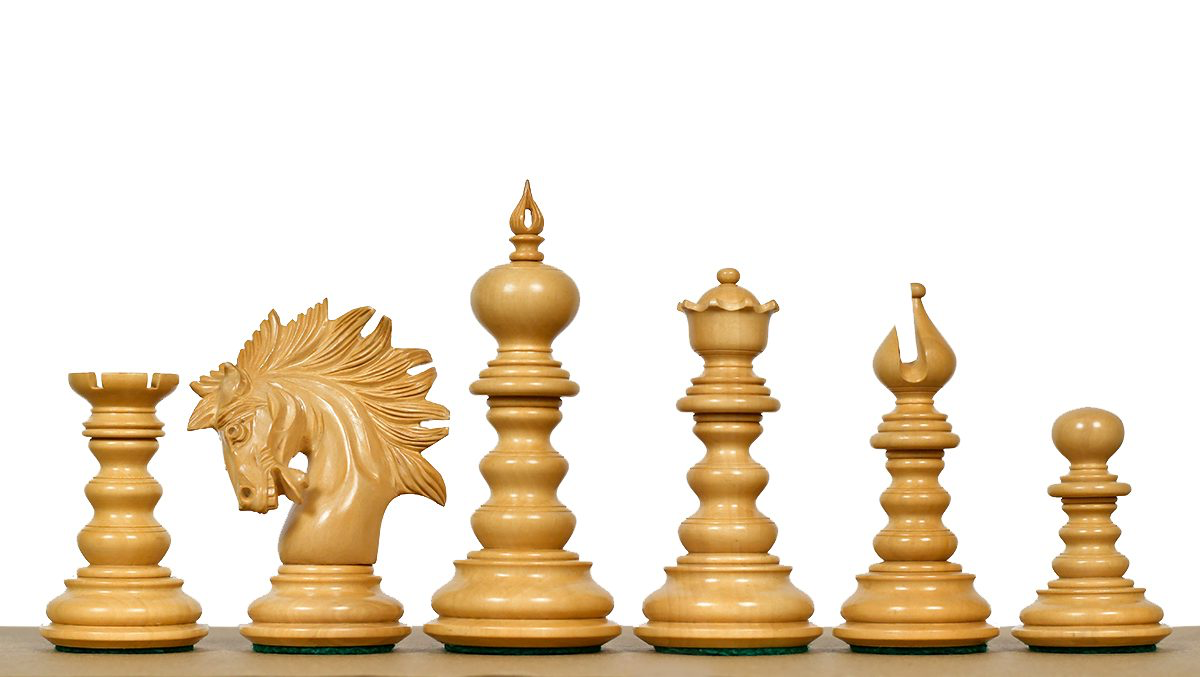
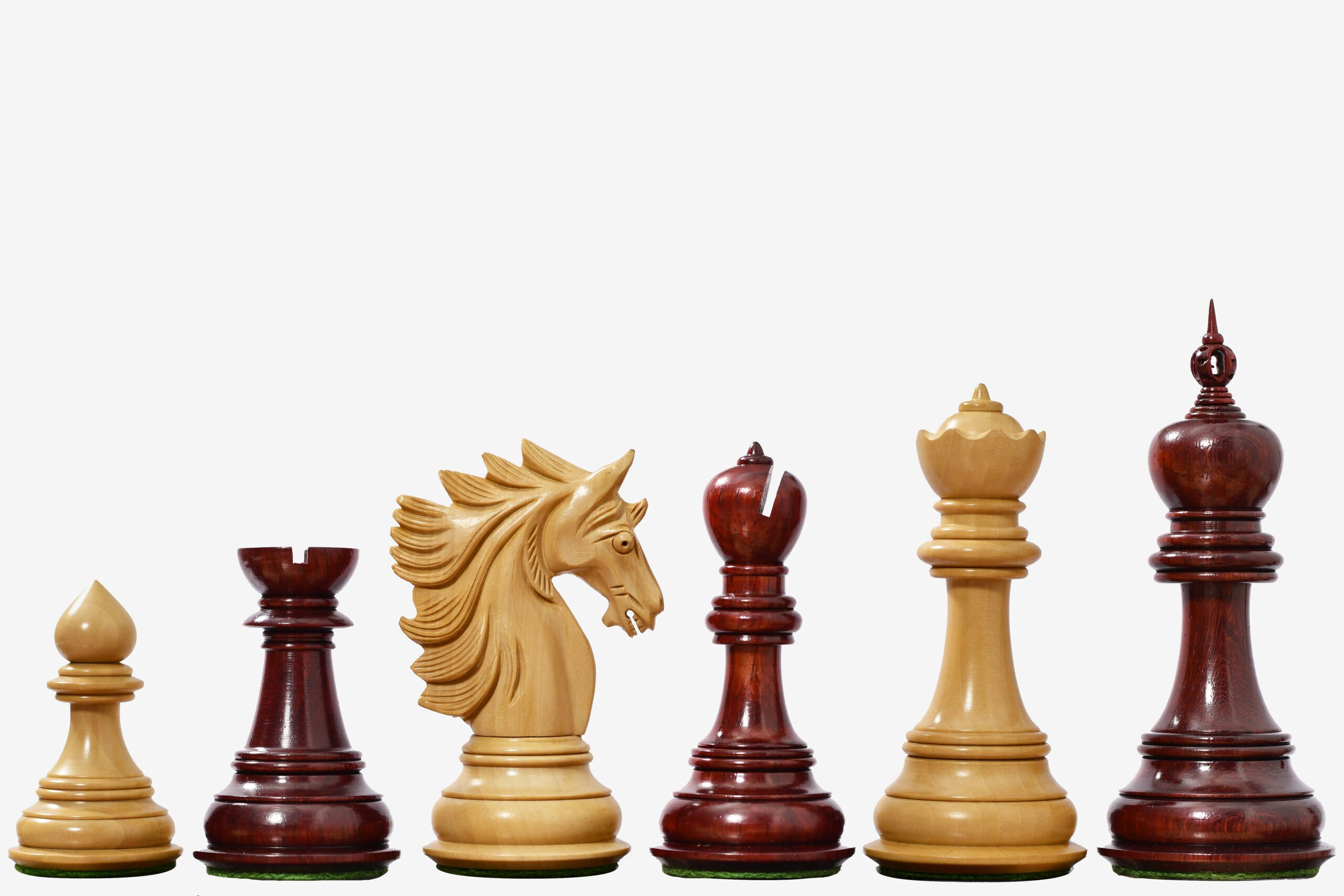
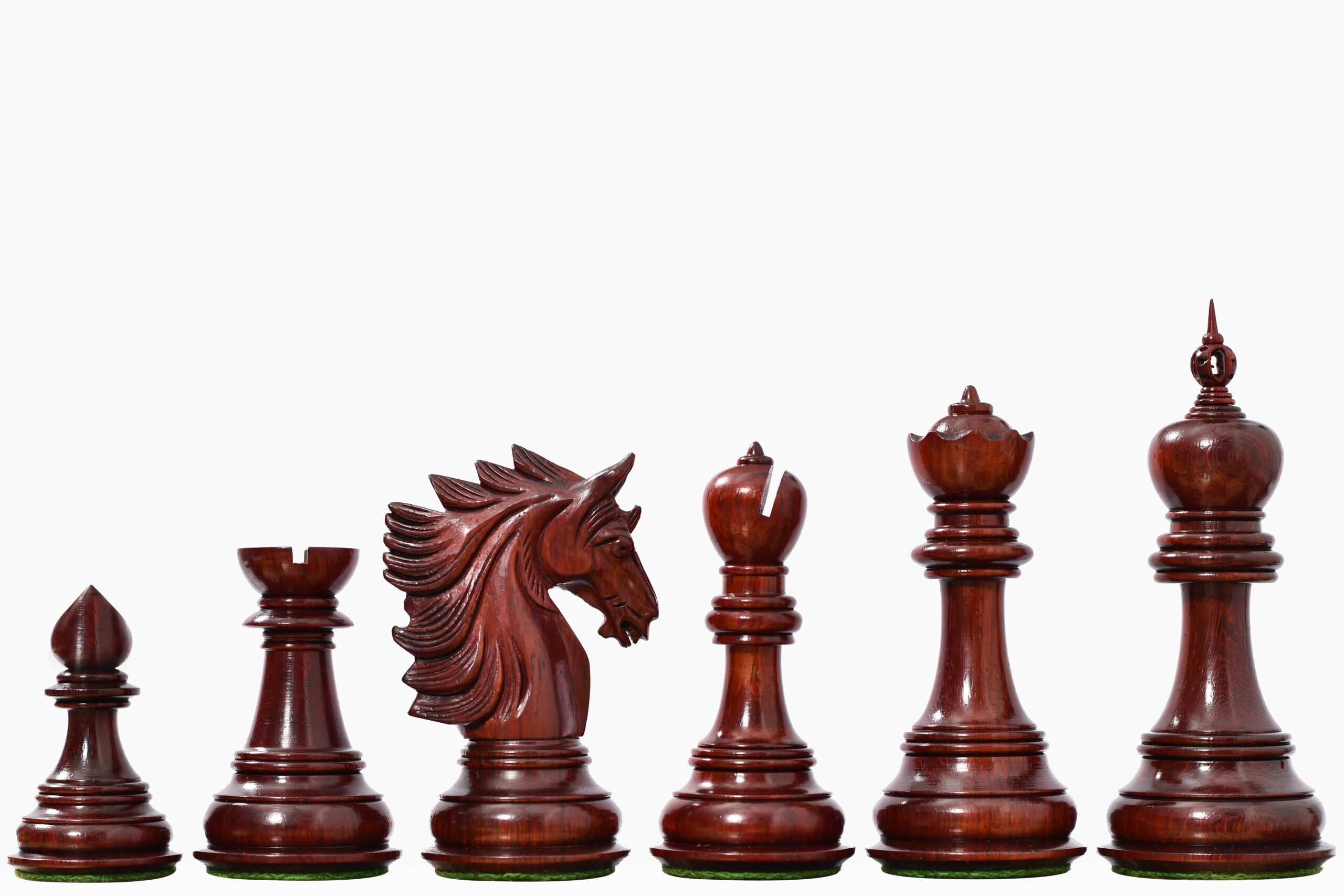
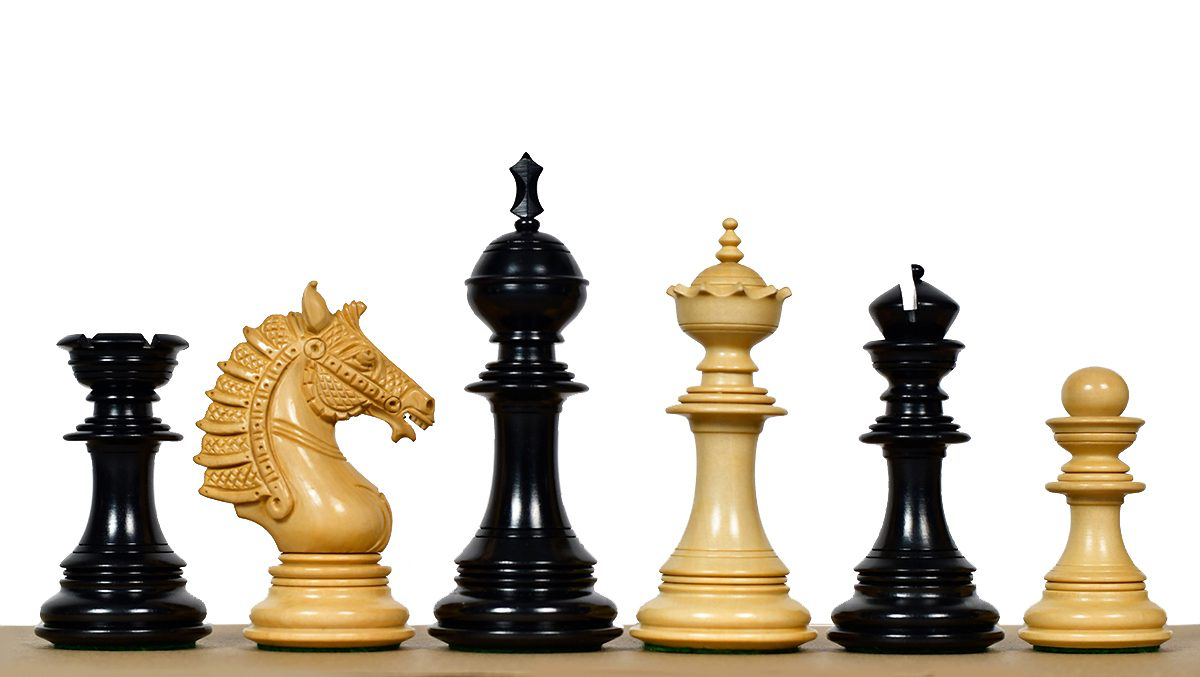
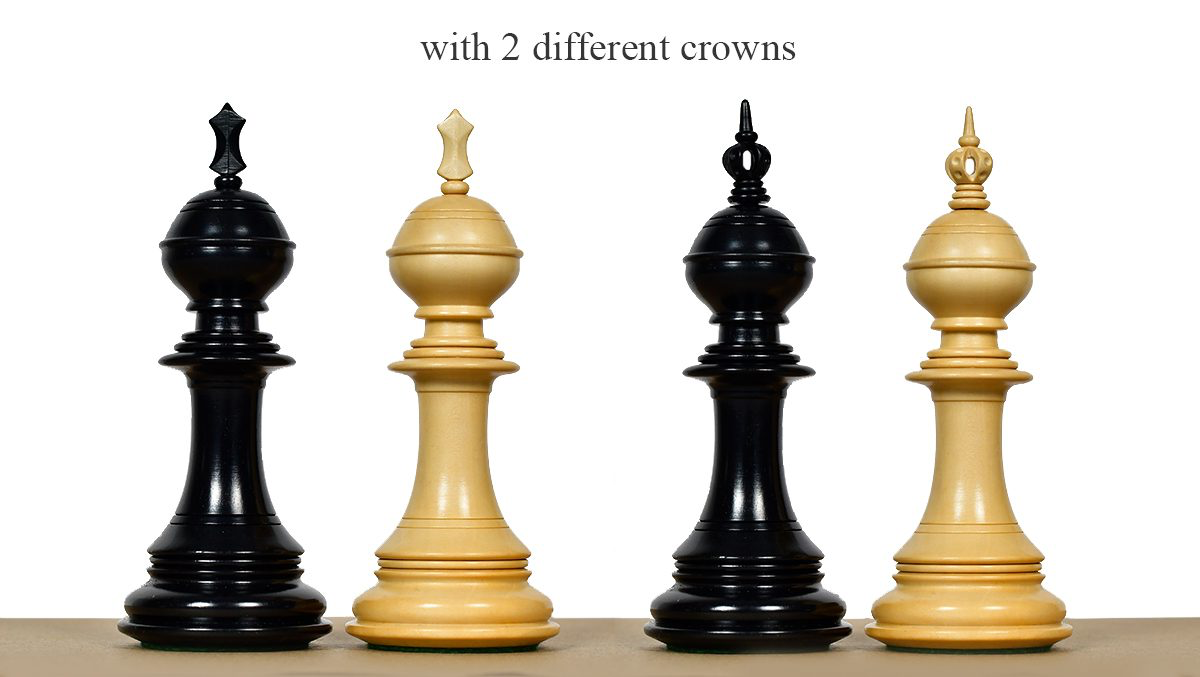
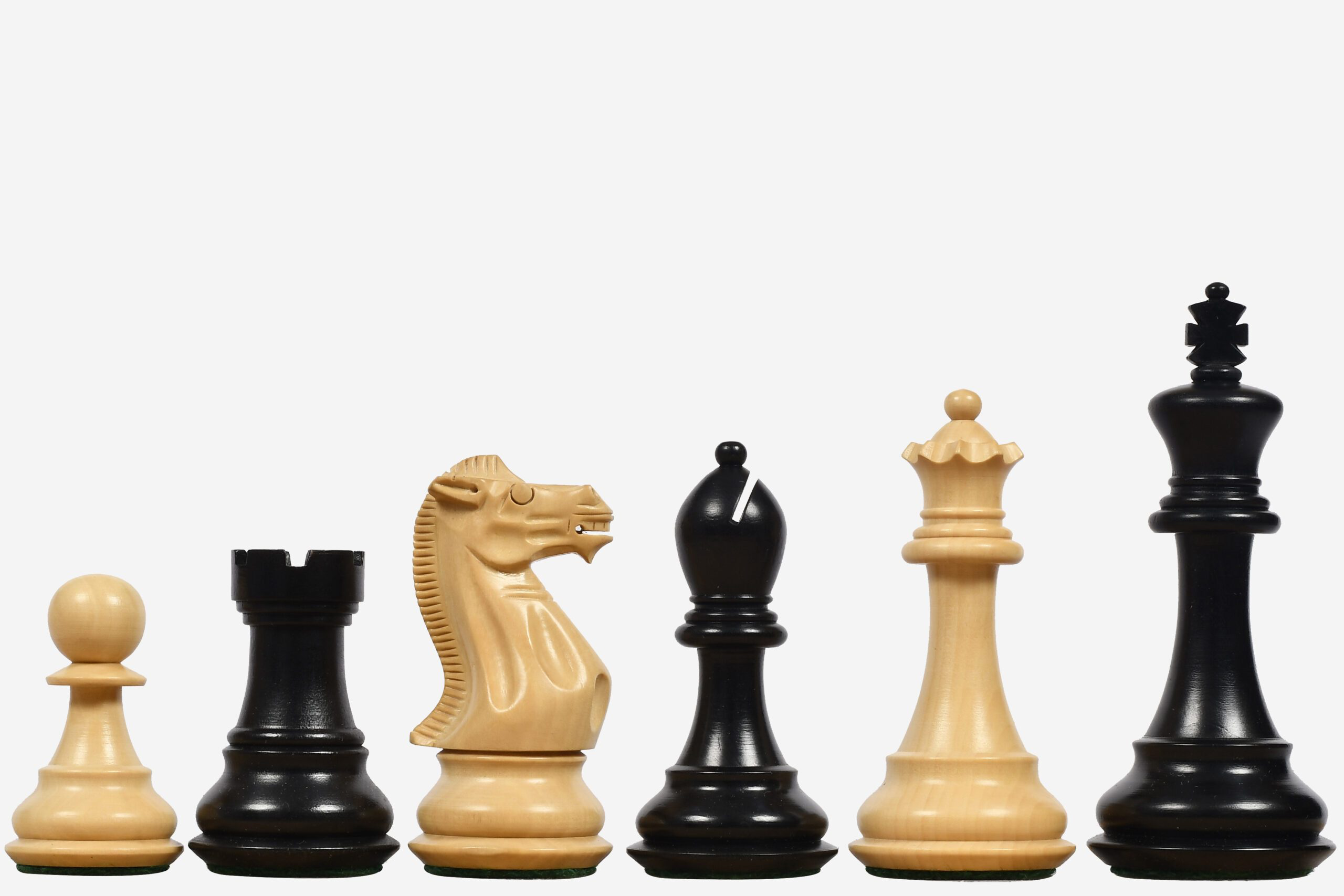
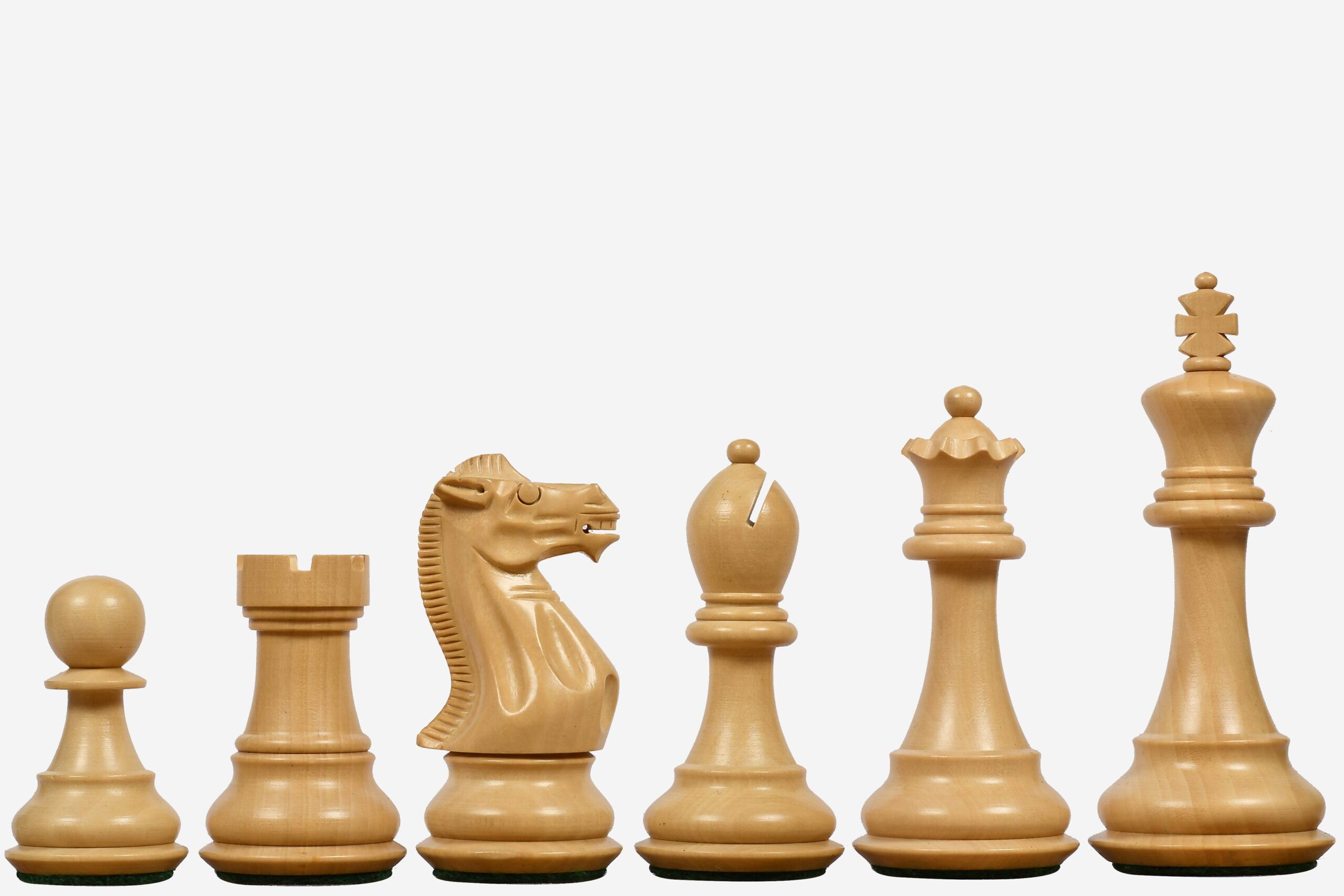
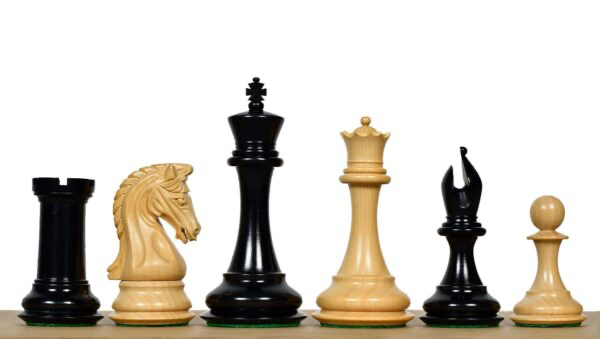
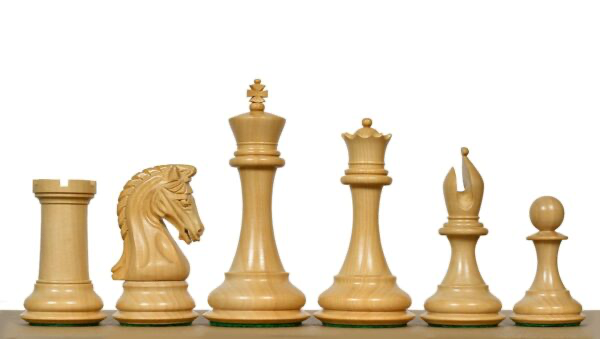
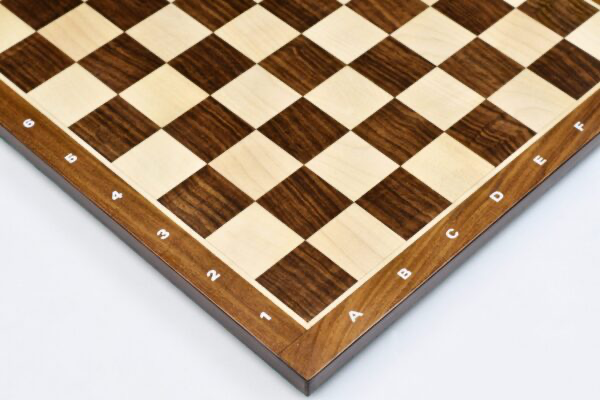
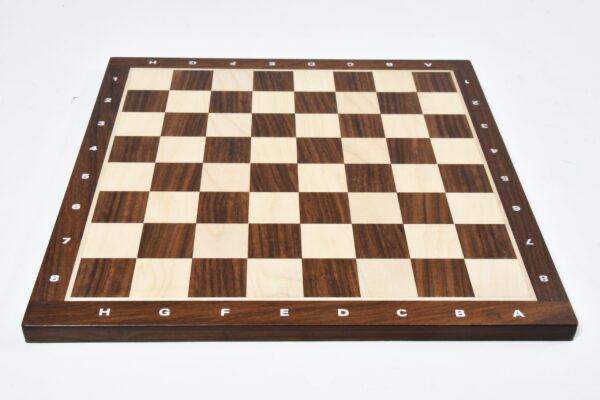
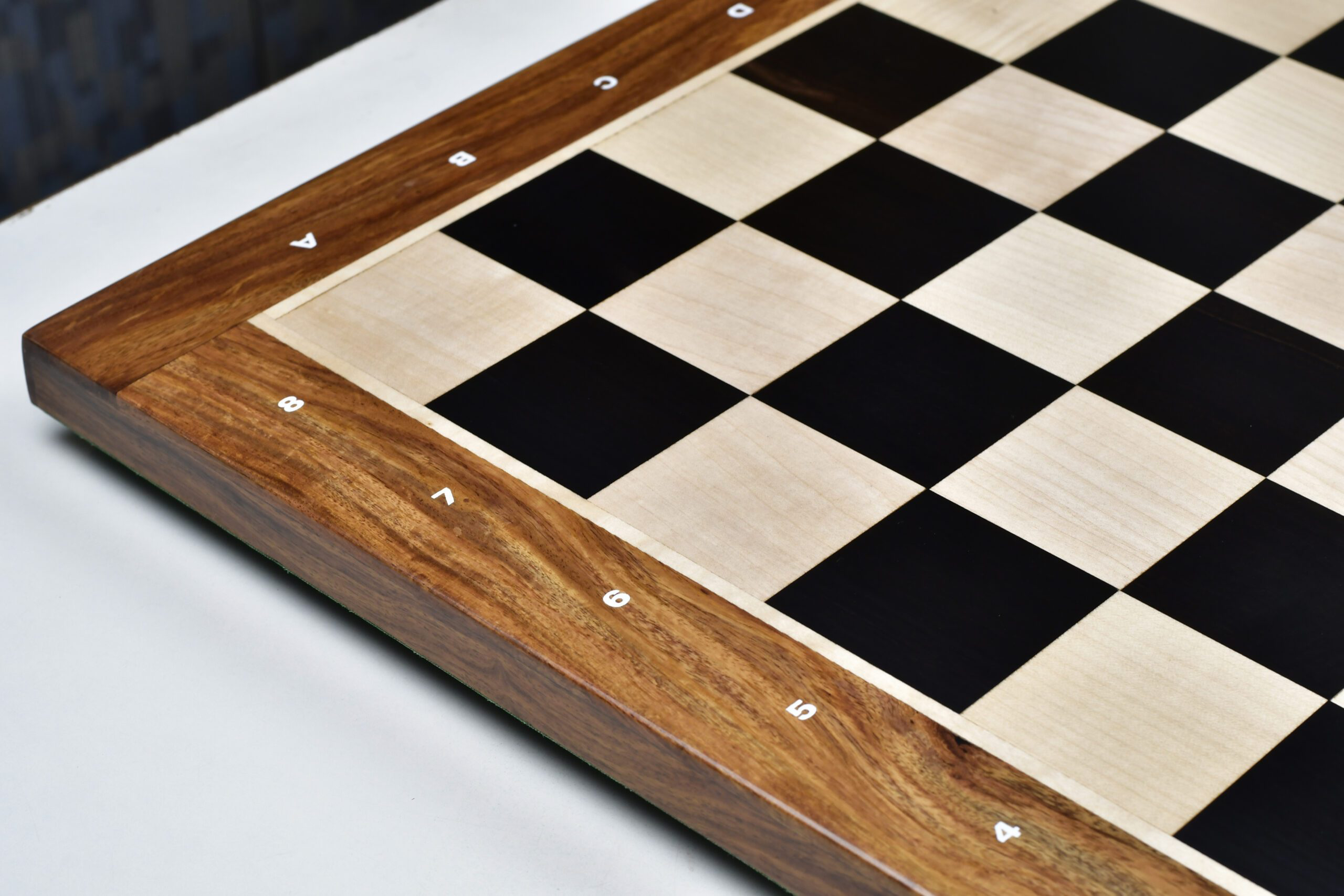
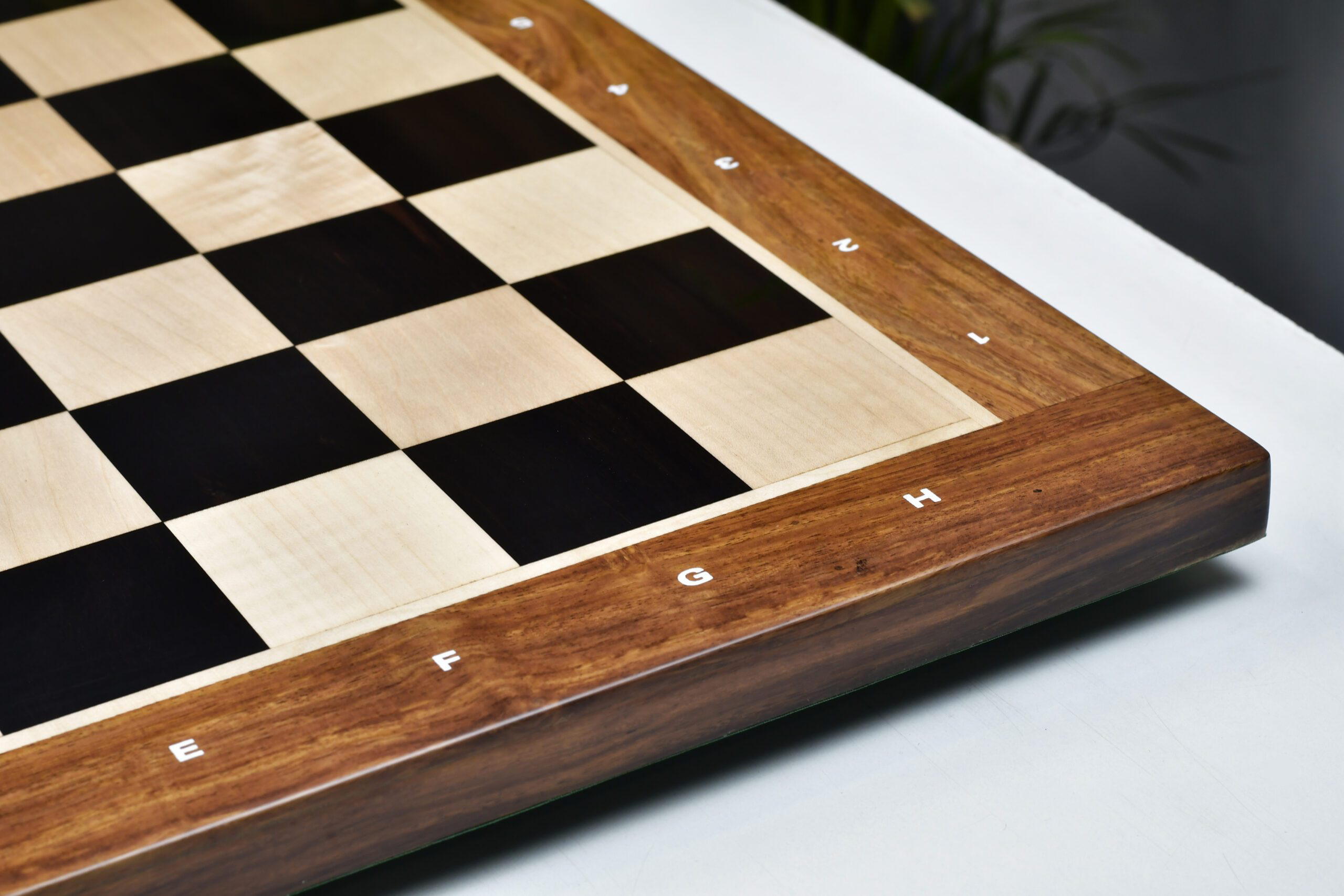


Leave a comment
All comments are moderated before being published.
This site is protected by hCaptcha and the hCaptcha Privacy Policy and Terms of Service apply.